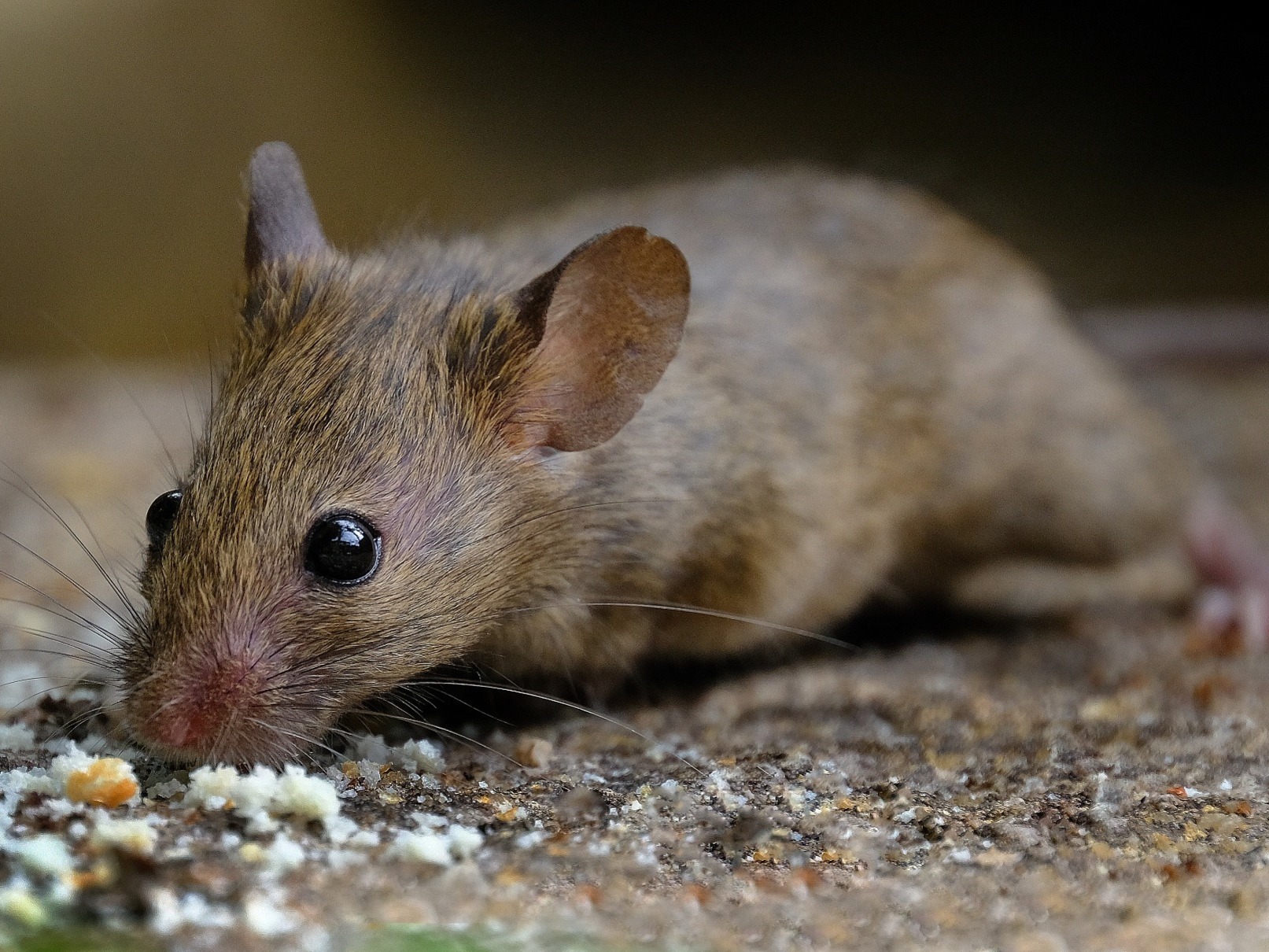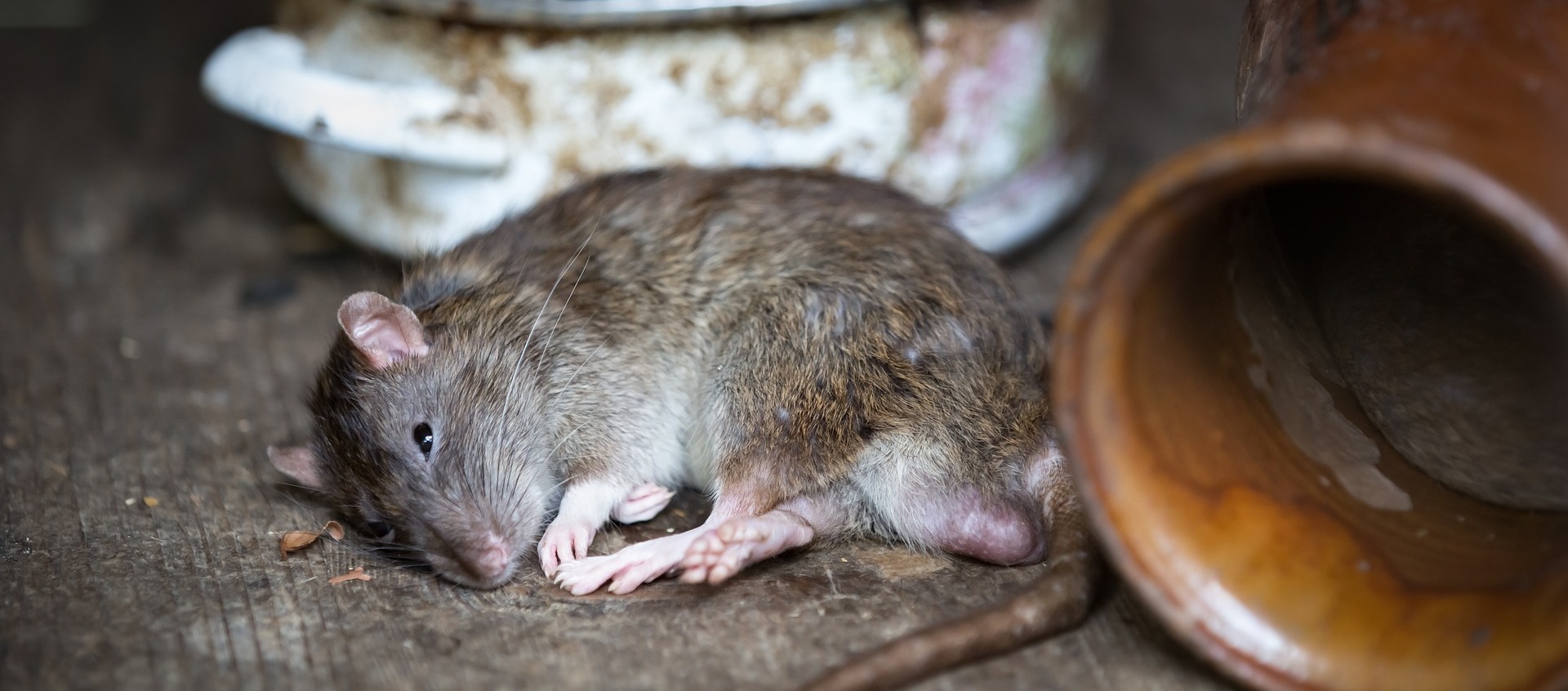About so called mutant rats
Posted on 4th March 2022 at 08:40
The rise of the mutant rat
There tends to be two categories of people; those that will roll their sleeves up and have a go at anything in life and those that understand their limitations and will step back and use professional tradesmen for those tasks or problems that they don’t feel confident to approach themselves. Finding a rat or a mouse running around in the kitchen would make many people reach for their phone, while those from the first group we mentioned will get their coat and head out to equip themselves with a box of rat poison.
Unfortunately, that action maybe a complete waste of time; Alexander Pope coined the phrase “A little knowledge is a dangerous thing” and this is often the case when attempting to deal with a rat or mouse problem here in Maidenhead. You see the problem is that the rats we see in this area and any house mice that are living here, have am immunity to many of the active ingredients commonly used in rodenticide; rather than poisoning them off – you maybe feeding them.
This is one of the reasons why we trap all of our rodent infestations, purely relying on rodenticide is going to fail whereas a steel killing bar driven by two powerful springs has no resistance and is guaranteed to do the job.
When you reach for the box of rat and mouse poison you are, or you should be advised that you can only use the substance against those species listed on the box; its called rat and mouse poison right and you have mice so all’s good? Not really, the species listed in fine small print will be given the Latin names whilst the box says rats and mice. Just to confirm that these are the two species that you can use rodenticide on:
Rats – there are two species of rat in the UK; the common rat called the Norway rat or in Latin; rattus Norvegicus, this is the rat which we come across in Maidenhead. The other species is the Black rat or ship rat as its often called, its unlikely to see these as they live around dockyards and on ships have become very rare in the UK.
Mice – when it comes to mice, the only species that you can use rodenticide on is the house mouse or mus domesticus and this little fellow is a specialist that lives solely indoors and its doubtful that we’ll see these in Maidenhead as they tend to go for large sprawling properties, often period with a range of uses and occupants – London and other big cities is where their commonest.
The mice that we will have in Maidenhead fall under the term ‘field mice’ and these will include not only mice, but voles and shrews; they’ll come inside as they often do during the colder months, but these animals form the basis of the food chain for all raptors – owls, kestrels and hawks and these should never be poisoned due to secondary poisoning of these birds. In ail honesty, house mice can be buggers to catch but field mice are their country bumpkin cousins, and a few will placed snap traps will eradicate any field mouse infestation.
If you want to know more about field mice as a group we wrote a blog on them –

The Norway Rat

The House Mouse
What is rodenticide resistance all about?
The first of the modern rat and mouse poisons that were developed were given the title of First Generation Anti-coagulant Rodenticides or FGAR’s for short, and these compounds were developed in the early 1950’s to deal with commensal rodents – this is the term given for those rodent species that scavenge from mankind, ruining crops and stored goods = the house mouse and the rat. The FGAR’s were designed to have lower rates of toxicity than we see in the modern second generation rodenticides, and these required the need for rodents to feed over several visits before they had absorbed enough of the active ingredient to bring about death; this meant that many rats and mice survived eating it.
Worldwide the new poisons worked, and the rodent population declined, however when rats and mice didn’t consume enough of the active ingredient they survived, eventually leaving those rodents that could consume the bait and live. Another unintended consequence was that the offspring of the survivors were born with a-built in immunity to these chemicals; given that rats and mice breed quickly, within a period we would start to see rodents being born with full blown immunity to the rodenticides that were developed and being used to control them.
The first generation of rodenticides weren’t working, so the chemical company scientists went back to the drawing board and developed the Second Generation of Anti-coagulant Rodenticides - SGAR’s and these chemicals were designed to have a greater level of toxicity and that they would work after just a single feed. We now had the ultimate weapon for use against these rodents; a poison so strong that just a couple of grams would bring about the animals death, SGAR’s were so successful that as a group they are the most common chemical found worldwide.
FGAR’s and SGAR’s work through interrupting chemical processes within the animal’s liver and this starts after the rodenticide has been eaten, over the next few days it causes changes that prevent the blood from clotting, the blood thins and gets pushed out of the animals capillaries and starts to accumulate within voids such as those found in joints and around the lungs, heart and brain. Essentially, the rodent dies from internal bleeding, although this sounds horrible, there is evidence that shows it is relatively painless. Rats and mice destroy around 10% of the worlds produced food; what effects could we have on famine and carbon generation if we suddenly found that missing or spoiled stockpile of food?
We started this blog by describing a common scenario of a residential rodent problem and reaching for a box of rat poison; the over use of SGAR’s has led us to the point where resistance is now common for both rats and mice and to coin a phrase “the drugs don’t work” The most commonest SGAR in use contains the active ingredient bromadiolone, just type in bromadiolone into your webs browser and up pops adverts for items such as Rat and Mouse Killer; some even market it as ‘Super Rat and Mouse Killer’. This chemical compound now has little effect and we are seeing resistance in other chemicals - there is an interactive map of the UK showing where the resistance has spread -


How to effectively control rats
So how do we control rats and mice if SGAR’s don’t work?
The number one way to control rats and mice will always be to use traps; trapping can be difficult and time consuming which means that many large companies will not attempt to go down this route but rely on the chemical approach as a sole means of control. Different forms of chemical control we need to be researched and we have seen a new compound come onto the market which does not target the animals liver but the calcium processes.
In some situations like around livestock pens and granaries where stored food is at high levels, there will always be a need for chemical control but when we look at urban pest control – rats inside homes, businesses and around the built environment, trapping and sealing faults that allow access to any interior is the key to long term rodent control. The term used for this is Integrated Pest Management and the focus is not just on putting down rat poison, its on prevention through adjustments to the property; waste management solutions, building maintenance, education and training and trapping to remove the rodent population.
The do’s and don’ts when using rodenticides:
Do not use these chemicals on field mice, if you have a problem with mice, find out which species you have and look what proofing works that you can make to keep them out of the area for good. You will find huge numbers of field mice in your garden and you’ll end up spending vast sums of money trying to stem the continued inward flow of mice when some simple repairs to the property will be so much more cost effective.
Do read the label on the box; rodenticide resistance starts by people putting down just a pinch of poison as they try to save money by restricting the amount used. Guidelines for frequency of baiting and the amounts to be used are written on the box so you should follow them for the most effective way of using the rodenticide.
Do not leave rodenticide lying around, in the course of my work I often see grain bait sprinkled around back gardens in the belief that the rats or mice will pick it up. All rodenticide compounds are developed to be attractive to animals, you may not be killing the rats or mice but your certainly killing small birds and hedgehogs that come across the scattered rodenticides.
Do consult a professional pest control company before you start, I know that you’d expect me to say that but many of us will give you a bit of advice as the best course of action; remember if you have internal rats that without a comprehensive survey that includes the drainage system of the property, any effect with rodenticide is going to be short lived if you haven’t got the entrance sealed up.
When it comes to seeing mice in the garden, you are not ever going to eradicate field mice its as simple as that and we often get asked to provide that service – field mice are part of the flora and fauna of our wildlife, cherish them in the same way as you’d love to see an owl.
If you have mice or rats inside the property then thinking about poison as the first means of control is totally the wrong way of thinking, instead put your thoughts into the question of how they’re getting in?
That’s the place to start with a rat or mouse problem whereas poison is the place to end.


Share this post:















